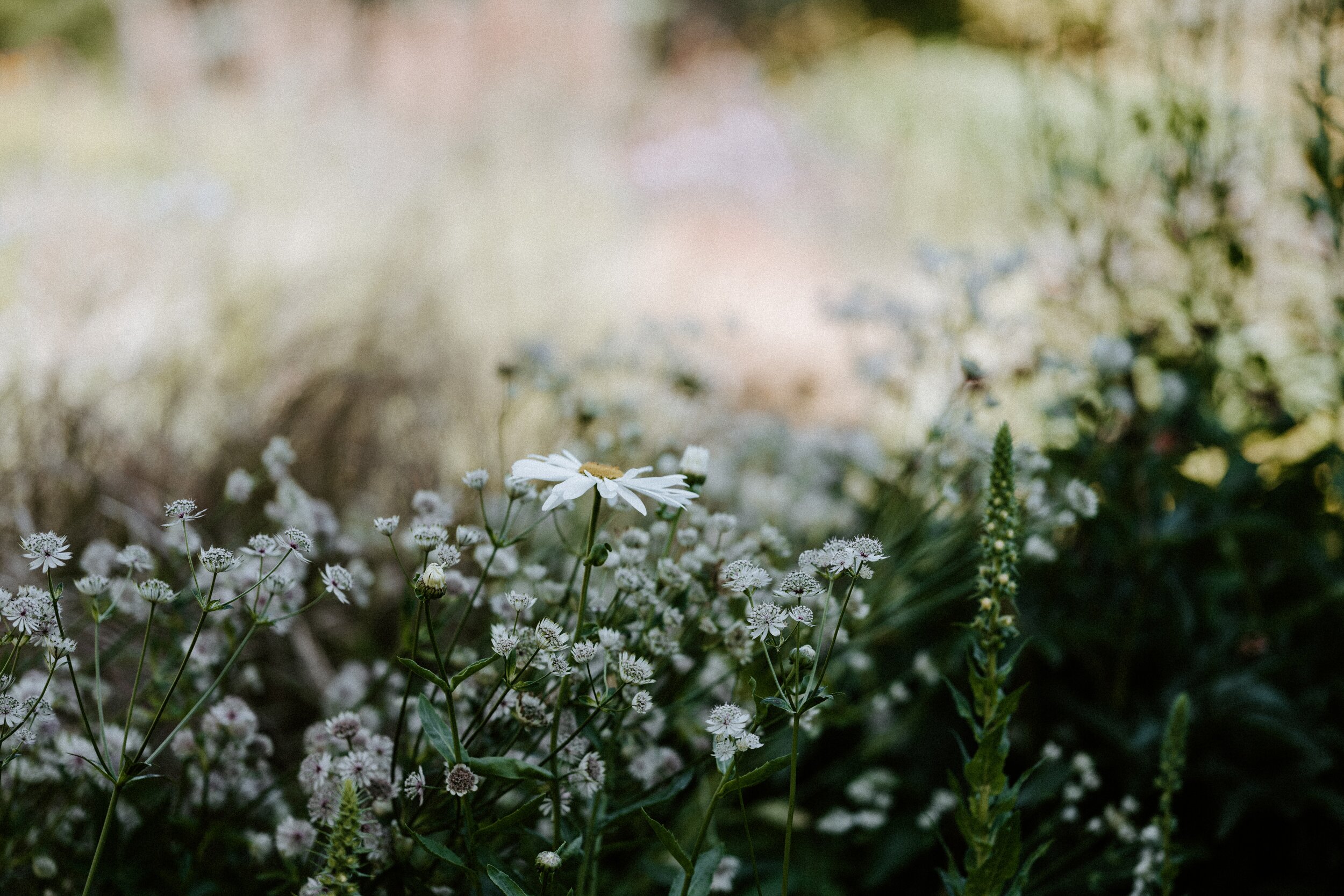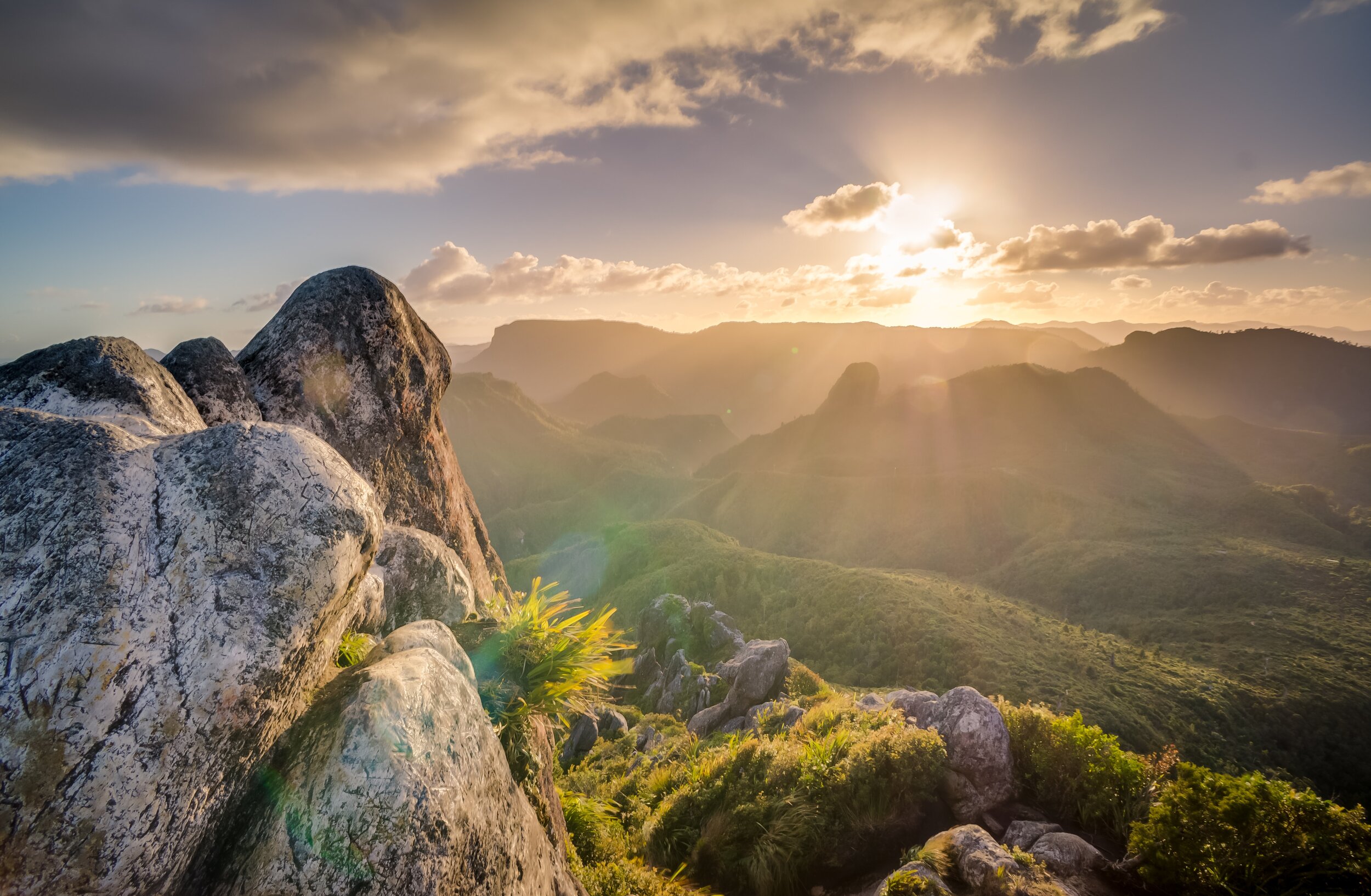TW: this post mentions health anxiety and shares some details of a traumatic birth
I’ve wanted to write this post so many times. It’s been sitting in my drafts since the end of 2020, but somewhere inside I knew it wasn’t time, that I didn’t yet understand this stage of my eco-heroine’s story (first post here if you’re not sure what I’m talking about!). In If Women Rose Rooted, Blackie calls this third stage ‘The Cauldron of Transformation’ and writes:
“let yourself fall… Stay with the dark anyway. Don’t fight it; don’t try to manage your way out. You will simply postpone the inevitable, and it will come around again. Don’t fear the dark: it’s a natural part of the Journey… Be still. Listen. Let yourself disintegrate.”
And yet, despite this advice and my own logical knowing, I did see it as a fight to be won, a problem to be managed, because that’s how I’ve always handled whatever life has thrown at me. I have never allowed myself to truly feel into the darkness because I fear it. The idea of letting myself fall apart feels foolish: why would I willingly let go of the structures and support systems consciously put into place as a method of protection? Why would I walk out into the unknown without my backpack and supplies?
But of course when the journey changes, when you find yourself travelling in different terrain, that bag you packed is utterly worthless. You can keep throwing yoga and meditation and daily walks at it all you like, but what I’ve come to learn is that unless you know the reason for your fear of the darkness, unless you can truly understand what brings this about, none of your supplies or management techniques will work long-term. They will stem the bleed but never heal the wound.
Understanding our personal darkness is what this stage of the Journey is all about. Sometimes there are more questions than answers, but that’s ok. It’s a process of knowing and unknowing, of learning and unlearning. Blackie prompts, “What are your dysfunctional ways of being, your patterns?” For me there are so many, but here’s one.
My son loves to learn about hurricanes. He is fascinated by their impact, the level of destruction, and seeks to understand what it is that causes such extreme weather. Earlier in the spring we talked of the eye of the storm, how strangely this is the calmest place in a hurricane, even though you might imagine it would be the most intense, being in the centre. On the surface people often believe that I deal with problems with a level-head, that I have the strength to carry on no matter what, and when the problem is actually happening, in that very moment, they’re right. When I was trying to rock my nine-month-old son to sleep after his second operation, when I gave a reading at my Grandad’s funeral, when I was giving birth: these moments were some of the hardest of my life, but I was in the eye of the storm, and I remained calm (for the most part), strong, focused, because what else could I do? The moments we see as being the pinnacle of the problem can often be easier to deal with, because we have no other option.
My son was born with a cleft lip and palate, and after his diagnosis when I was around 22 weeks pregnant, I fell apart. In the second half of my pregnancy I was in the eye wall of the storm - the part of the hurricane that surrounds the eye and causes the most destruction. I convinced myself that everything that could go wrong would go wrong, and I tortured myself with what if catastrophising. On the morning of our 4D scan to check for further abnormalities (of which thankfully there were none), I sat, heavy, on the floor of the shower and let the water and my tears drain away. I don’t know how long I sat in there and sobbed, but I know it was the longest shower of my life. I saw only darkness ahead.
Just over three months later I was entering the hospital to give birth, and despite all my previous fears in that moment I was strangely calm because I knew what I had to do - there was no other option. Despite a long labour, painful birth and traumatic after-birth (I passed out with blood loss and was wheeled down for emergency surgery), looking back this wasn’t the moment that really left its mark, because this was the eye of the storm, the focus amidst the chaos. When I realised this in a therapy session, I couldn’t quite believe it to be true, because surely the birth, the blood loss, almost dying, had to be the worst part of it all? But it wasn’t. It was fear of the unknown that hounded me down, because I have always, always, wanted to know what was coming next.
Knowledge has always been something I was taught to seek. And I was good at it too, so I kept going, acquiring facts and figures, understanding how things worked, filling my brain with acronyms and words and ideas. I took this part of myself into adulthood, searching to increase my awareness of life and the world around me, and in doing so realised that the more knowledge I acquired, the more secure and certain I felt, and the further away I was from darkness. I could begin each day with the certain knowledge of what it would entail, and that was hugely comforting for me. But knowledge and Knowing are two different things.
I had amassed a treasure box full of knowledge, and despite always protesting that I didn’t want to teach in a school, I moved from student to teacher with relative ease. I played the game, shared my knowledge, built a life based on its understanding. But it’s all well and good crafting a life in this way until something big comes along and knocks your treasure box over and scatters all the pieces. What good is knowledge then? What good will all those facts and figures do? I clung to them in despair and Googled percentages of other abnormalities associated with clefts, possibilities of what might lie ahead: I had knowledge, but not Knowing. My health anxiety manifests the same symptoms, and at every twinge and pain, every ache and discomfort, I crave knowledge and seek it no matter the cost. But what I really need is Knowing.
In Untamed, Glennon Doyle writes this of Knowing:
“Eventually I sank deep enough to find a new level inside me that I’d never known existed. This place is underneath; low, deep, quiet, still. There are no voices there, not even my own. All I can hear down there is my breath. It was as though I’d been drowning and in my panic I had been gasping for air, calling for rescue, and flailing on the surface. But what I really needed to do to save myself was let myself sink… The Knowing would meet me in the deep and nudge me toward the next right thing, one thing at a time. That was how I began to know what to do next. That was how I began to walk through my life more clearly, solid and steady.”
In the eye of the storm, I have Knowing. Giving birth, supporting my son after his operation, holding my husband’s hand tightly when his Grandad died, I had Knowing. It is Knowing that holds me up when everything else around me falls, but it doesn’t come easily. When I connect with my Knowing, I already have the answers. There’s no fear or deliberation: I act rather than think, and I know that this must be my approach moving forward. I must leave behind the stasis of fear and catastrophising, of always wondering what if and never being able to reassure and comfort myself, never trusting I have the answers.
But how can I be still and listen? How can I tune into this Knowing when I’m not in the eye of the storm? Now I’ve identified it, how can I shift the pattern from knowledge to Knowing? I guess that’s the part that comes next.
























